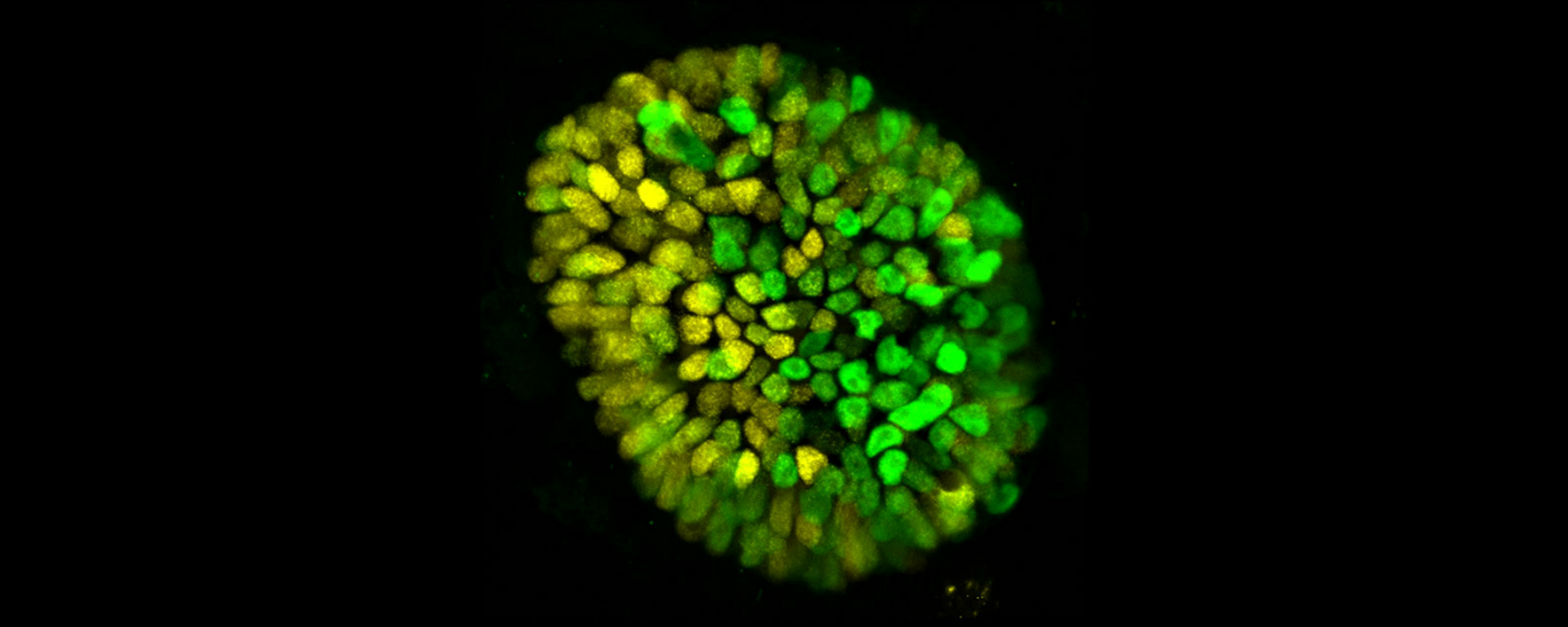Researchers Generate Model of Human Embryo from Human Stem Cells
Date: 3.7.2019
Using human embryonic stem cells (ES cells), researchers have generated models of early human embryos in the lab that are more complex than any previous lab-generated embryo model.
 They’ve also shown that the application of the protein BMP4 causes these embryo models, called embryoids, to break symmetry, or go from a round ball to a structure with front and back ends.
They’ve also shown that the application of the protein BMP4 causes these embryo models, called embryoids, to break symmetry, or go from a round ball to a structure with front and back ends.
How the human embryo breaks symmetry is a mystery. That this could happen in the embryoids with BMP4 but without maternal factors or extra-embryonic tissues surprised the researchers, they write in their paper, published July 1 in Nature Cell Biology.
“This process of symmetry breaking is a major holy grail of development biology,” Rockefeller University stem cell researcher Ali Brivanlou, who led the research, tells NPR. “I really feel like I’m looking at one of the most mysterious aspects of our own existence.”
According to current ethical guidelines that stem cell researchers follow, work on actual human embryos can only continue to 14 days. This research “certainly hints that science is headed towards a challenge to that rule,” stem cell scientist and Harvard Medical School dean George Daley, who was not involved in the study, tells NPR, adding that stem cell scientists will have to rewrite their guidelines in light of these findings.























